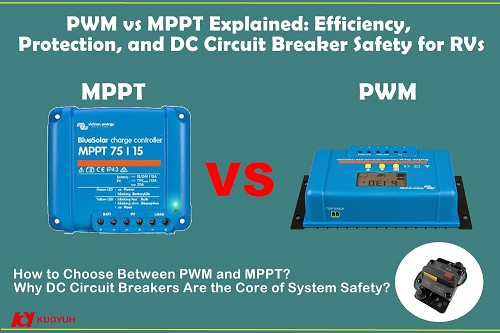 |
When traveling or living in a recreational vehicle (RV), solar power allows you to stay independent from campground electricity and continue powering essential devices such as refrigerators, lighting, charging ports, and ventilation systems. |
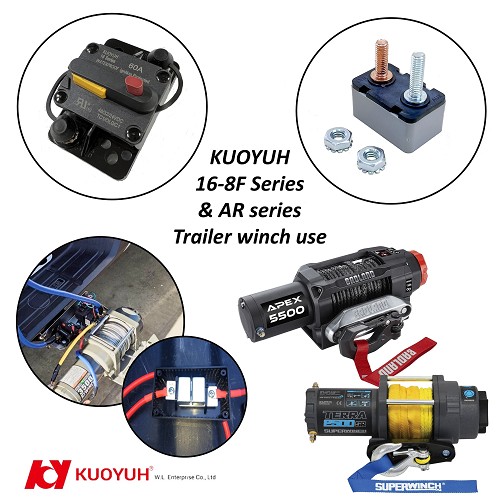 |
How to Build a Safer and More Stable Trailer Power System with KUOYUH Circuit Breakers. |
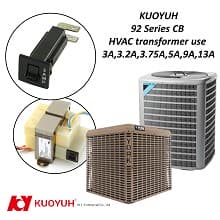 |
Combining Main and Auxiliary Protection to Safeguard HVAC Systems from Overheating and Short Circuits. |
 |
Garbage disposals have become essential in modern kitchens, efficiently grinding food scraps and preventing sink blockages. |
 |
In the safety design of electrical and electronic equipment, overload protection is essential. UL1077, the international standard for Supplementary Protectors (SPs), defines how protective devices should perform under various overload conditions. |
 |
When it comes to electrical safety, UL standards are a global benchmark. |
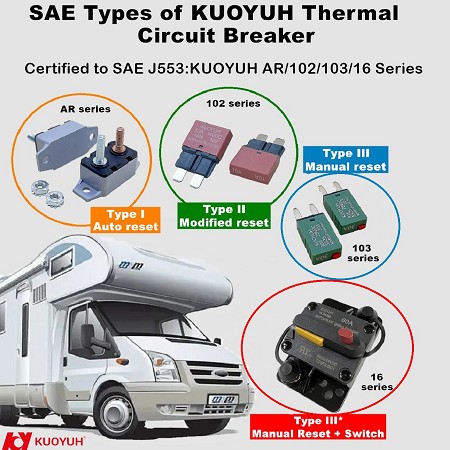 |
In modern vehicles, reliable power protection is essential for sjavascript:;afety and performance. |
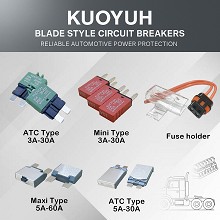 |
Picture this: you’re driving your truck down a long highway when the electrical system suddenly fails. With no spare fuses on hand, |
 |
Children’s ride-on electric cars (power wheels) have become one of the most popular toys in recent years. |
 |
Fitness equipment like treadmills, ellipticals, stair climbers, and exercise bikes is a staple in homes and gyms as health awareness grows. |
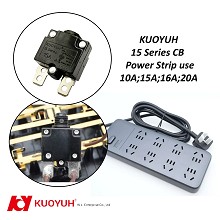 |
Starting from August 1, 2025, the new mandatory national standard GB 2099.72024 |
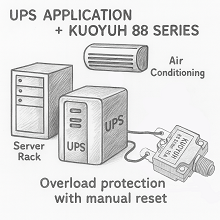 |
In data centers, industrial automation, and healthcare systems, Uninterruptible Power Supply (UPS) units are essential for maintaining stable power. |